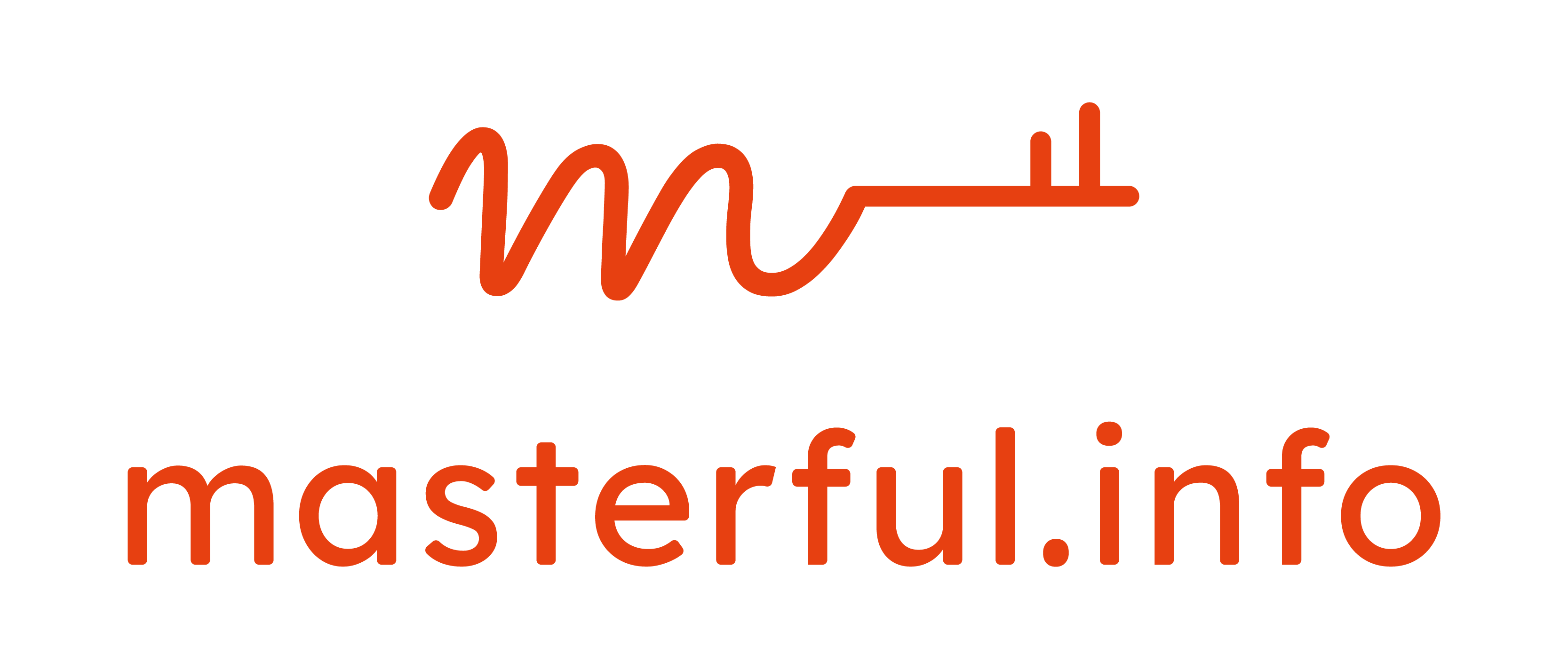As a small business owner, one of your greatest challenges is ensuring your website is noticed among the millions of sites that exist on the internet. The competitive landscape is fierce, but with the right strategies and a deep understanding of search engine optimization (SEO), you can drive your website to the top of Google’s search rankings. This guide will show you how to maximize your website’s potential and boost its ranking with practical, actionable steps.
1. The Importance of Ranking High on Google
In today’s digital age, Google is the reigning king of search engines. According to data from Semrush, Google receives more than 95 billion total monthly visits, far outpacing popular social media platforms like Facebook, Instagram, and Amazon. Even with the rise of social networks, Google still holds the crown as the primary source of online information. Therefore, maintaining a high Google ranking should be a critical focus in your digital marketing strategy.
Google’s search engine ranking is not just a vanity metric. The first five organic results on the first page of Google generate more than 67% of all clicks. A high ranking on Google enhances your brand’s visibility, drives more traffic to your website, and provides more opportunities to convert these visitors into customers. Moreover, it boosts the credibility of your brand or business, which is key to converting leads into paying customers.
2. Understanding the Intricacies of SEO
To rank high on Google, you need to have a firm grasp of SEO. SEO is a complex field that involves hundreds of factors, from on-page optimization to backlinks. The goal of SEO is to improve your website’s visibility in search engine results, which in turn leads to increased traffic and potential sales.
There are various types of SEO, including on-page SEO, off-page SEO, and technical SEO. On-page SEO refers to the optimization of elements on your website that you can control, such as headlines, page titles, and images. Off-page SEO, on the other hand, pertains to activities conducted outside your website, such as building backlinks from other sites. Lastly, technical SEO involves aspects like site speed, mobile-friendliness, and website architecture.
3. Crafting High-Quality, Relevant Content
Creating high-quality, relevant content is one of the most effective ways to boost your website’s ranking. Your content needs to provide value, be engaging, and answer your audience’s questions. By doing so, you can increase the time visitors spend on your website, reduce bounce rates, and create a positive user experience.
To create content that resonates with your audience, conduct research to understand their interests and concerns. Use tools like Hemingway editor or Grammarly to enhance your content’s readability. Diversify your content by incorporating different formats such as infographics, videos, and images. Remember, content is king, and consistently updating your content can significantly improve your website’s ranking.
4. Embracing Mobile-First Approach
In today’s world, more people access the internet from their mobile devices than from desktops. Hence, having a mobile-friendly website is no longer optional; it’s a necessity. Google has also switched to a mobile-first indexing approach, which means it primarily uses a website’s mobile version for ranking. Therefore, optimizing your website for mobile devices can significantly improve your Google ranking.
5. Leveraging Google Analytics
Google Analytics is an invaluable tool in your SEO arsenal. It provides insights into your website’s performance, helping you understand how visitors interact with your site. You can monitor metrics like page views, bounce rates, and average time spent on your site, which can guide you in making data-driven decisions to improve your SEO strategy.
6. Optimizing Images
Images play a crucial role in enhancing user experience and boosting SEO. However, search engines can’t understand images; they rely on alt text to comprehend what the image is about. By adding relevant alt tags to your images, you can improve your website’s SEO value and accessibility.
7. Focusing on Underperforming Pages
Every page on your website should offer value to your visitors. By identifying low-performing pages and updating them with fresh, relevant content, you can enhance their performance and drive more traffic. This strategy not only improves user experience but also signals to search engines that your website is being regularly updated, which can boost your ranking.
8. Prioritizing Keywords
Keywords are the backbone of SEO. They help search engines understand what your content is about, and they guide users to your website. Using relevant primary and secondary keywords in your content, titles, meta descriptions, and alt tags can improve your visibility on search engines. However, be careful to avoid keyword stuffing, which can lead to penalties from Google.
9. Implementing Internal Linking
Internal linking refers to the practice of linking one page on your website to another page on the same website. This practice helps guide users to other relevant content on your site, enhances user experience, and boosts your SEO. It also helps search engines understand the structure of your website and index your pages more effectively.
10. Speeding Up Page Load Times
Page load time is a critical factor in user experience and SEO. A slow-loading website can frustrate users and lead to high bounce rates. Google also considers page speed as a ranking factor, so it’s crucial to ensure your website loads quickly. Use tools like Google’s PageSpeed Insights to assess your site’s speed and get recommendations for improvement.
Conclusion
Boosting site ranking on Google isn’t an overnight process. It requires a strategic approach, consistent efforts, and patience. However, by implementing the strategies outlined in this guide, you can significantly improve your website’s visibility, drive more organic traffic, and ultimately grow your business. Remember, SEO is an ongoing process, so it’s essential to continually monitor your performance, learn from your analytics, and adjust your strategies as needed.
As a small business owner, you have the power to unleash your website’s full potential. The journey to the top of Google’s rankings may be challenging, but with the right strategies and perseverance, you can reach the summit.





